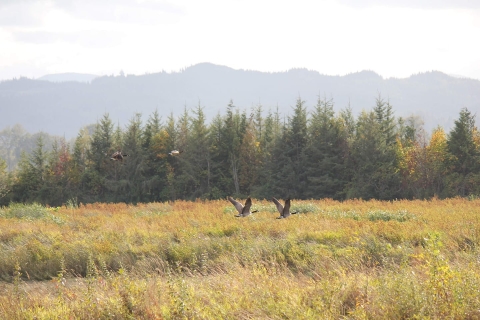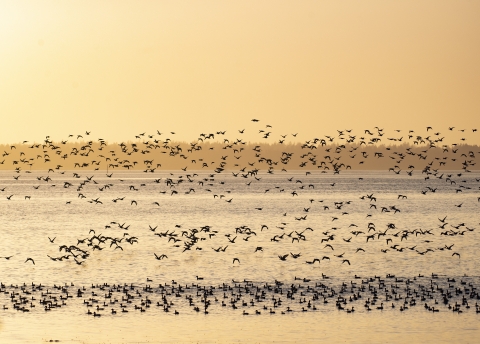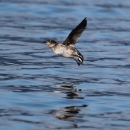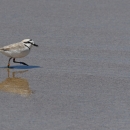Seasons of Wildlife
The Washington coast is a wild and wonderful place - one where intense weather and hardy habitats mix. The species that live here must adapt to everything from freezing temperatures and driving rain in winter to hot, relatively dry summers.
Fall
Fall can be one of the best times to visit the refuge- the weather is crisp and cool, the rainy season has yet to set in and wildlife is out and about preparing for the long winter ahead.
Winter
Winter can be brutal, but it is what characterizes this place. Cold temperatures and rain (lots of it) make this one of the wettest places in the world. Snow is rare, but not unheard of, and many wildlife takes shelter during these inhospitable months.
Spring
Spring is the season of renewal, perhaps nowhere more than here. After the harsh winter conditions, the onset of spring brings sunnier days, warmer temperatures, and new life, as wildflowers flourish and wildlife begin to emerge from their winter hideaways.
Summer
Summer in the Pacific Northwest is hard to beat, especially at Willapa! Warm days with sunny cloudless skies and fresh breezes enable both visitors and wild residents alike to enjoy everything the refuge has to offer.
Featured Species
Unique among National Wildlife Refuges, Willapa encompasses a broad diversity of habitats. Hundreds of plant and animal species use habitat protected by the refuge, including a number of threatened and endangered species.





